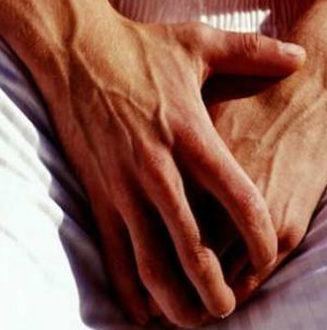According to Heathline, Bladder problems are a common occurrence in both men and women. In men, the most common bladder problems are urinary incontinence, urinary tract infections, and an enlarged prostate gland. The following provides an overview of these problems and discusses how they can be treated.
Unintentional urine loss is known as urinary incontinence. It is a common problem in men, particularly as they age. It can be caused by a variety of factors, including weak pelvic muscles, nerve damage, and prostate problems. The most common type of urinary incontinence in men is stress incontinence, which occurs when a man coughs, sneezes, or lifts a heavy object, causing a small amount of urine to leak.
Urinary incontinence can be treated in a number of ways, including pelvic muscle exercises, bladder training, and medications. Pelvic muscle exercises, also known as Kegel exercises, can strengthen the muscles that control urination, helping to prevent incontinence. Bladder training involves gradually increasing the amount of time between trips to the bathroom, helping the bladder to hold more urine. Medications, such as antimuscarinics, can help to relax the bladder and prevent involuntary contractions.
Urinary tract infections (UTIs) are another common bladder problem in men. UTIs are caused by bacteria that enter the urinary tract and multiply, leading to an infection. Symptoms of a UTI include a strong, persistent urge to urinate, a burning sensation when urinating, and cloudy or strong-smelling urine.
UTIs can be treated with antibiotics, which help to kill the bacteria causing the infection. Men who experience UTIs frequently may need to take antibiotics for a longer period of time to prevent the infection from recurring. In addition, men who are prone to UTIs can reduce their risk by practicing good hygiene, such as wiping from front to back after using the toilet and urinating after sex.
An enlarged prostate gland, also known as benign prostatic hyperplasia (BPH), is a common problem in older men. The prostate gland is a small, walnut-sized gland that surrounds the urethra and helps to produce semen. As men age, the prostate gland can grow, causing it to press against the urethra and make it difficult to empty the bladder completely.
BPH can be treated in several ways, including medication, minimally invasive procedures, and surgery. Medications, such as alpha-blockers, can help to relax the muscles in the prostate and make it easier to urinate. Minimally invasive procedures, such as transurethral microwave therapy (TUMT) and transurethral needle ablation (TUNA), use heat or radiofrequency energy to shrink the prostate. Surgery, such as a transurethral resection of the prostate (TURP), involves removing part of the prostate gland to relieve the pressure on the urethra.
 Home Of Ghana News Ghana News, Entertainment And More
Home Of Ghana News Ghana News, Entertainment And More





